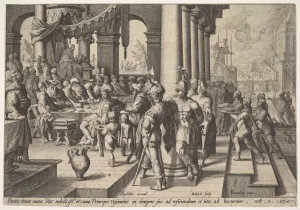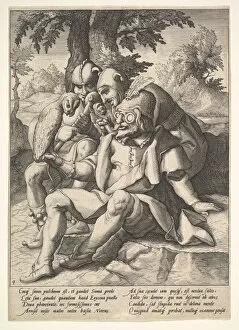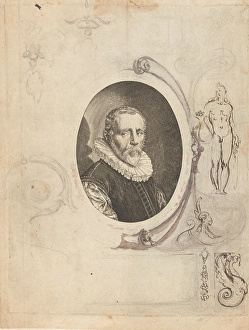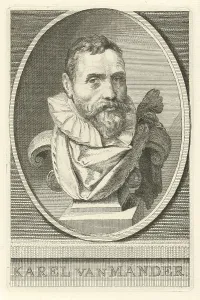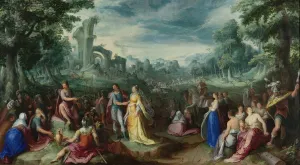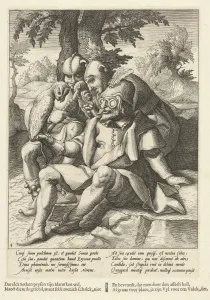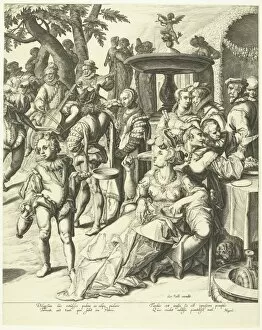Karel Van Mander Collection
Karel van Mander: A Master of Artistic Diversity Karel van Mander, a renowned Dutch painter and art historian
All Professionally Made to Order for Quick Shipping
Karel van Mander: A Master of Artistic Diversity Karel van Mander, a renowned Dutch painter and art historian, left an indelible mark on the world of art with his diverse range of works. One such masterpiece is "The Adoration of the Shepherds, Surrounded by Moses and Five Prophets, " created in 1588 under the skilled hand of Jacob Matham. This captivating piece captures the essence of religious devotion through its intricate details and emotive portrayal. Another notable creation attributed to Van Mander is the enigmatic "Allegory of the Transitoriness of Life. " Its exact date remains unknown, but it was skillfully brought to life by Jacob Matham. This thought-provoking artwork serves as a reminder that life's beauty is fleeting, urging viewers to cherish every moment. In 1619, Van Mander's talent shone through once again in "The Crossing of the Granicus, " part of "The Story of Alexander the Great" series. With meticulous attention to detail and dynamic composition, this painting transports us back in time to witness one of history's most significant events. Van Mander's influence extended beyond painting alone; he also collaborated with other artists like Gillis van Breen on pieces such as "The Commandment to Love One Another" (1599). Through their combined efforts, they conveyed a powerful message about compassion and unity that resonates even today. Moving away from traditional subjects, Van Mander explored different themes alongside fellow artist Jacques de Gheyn II. In their collaborative works like "Allegory of Government, " they depicted contrasting rulers - one childish and another wise - highlighting societal ideals worth pondering upon. Jacques de Gheyn II continued collaborating with Van Mander on projects like "The Wisdom Fools" from Six Proverbs series. These whimsical yet profound illustrations remind us that wisdom can often be found in unexpected places.









